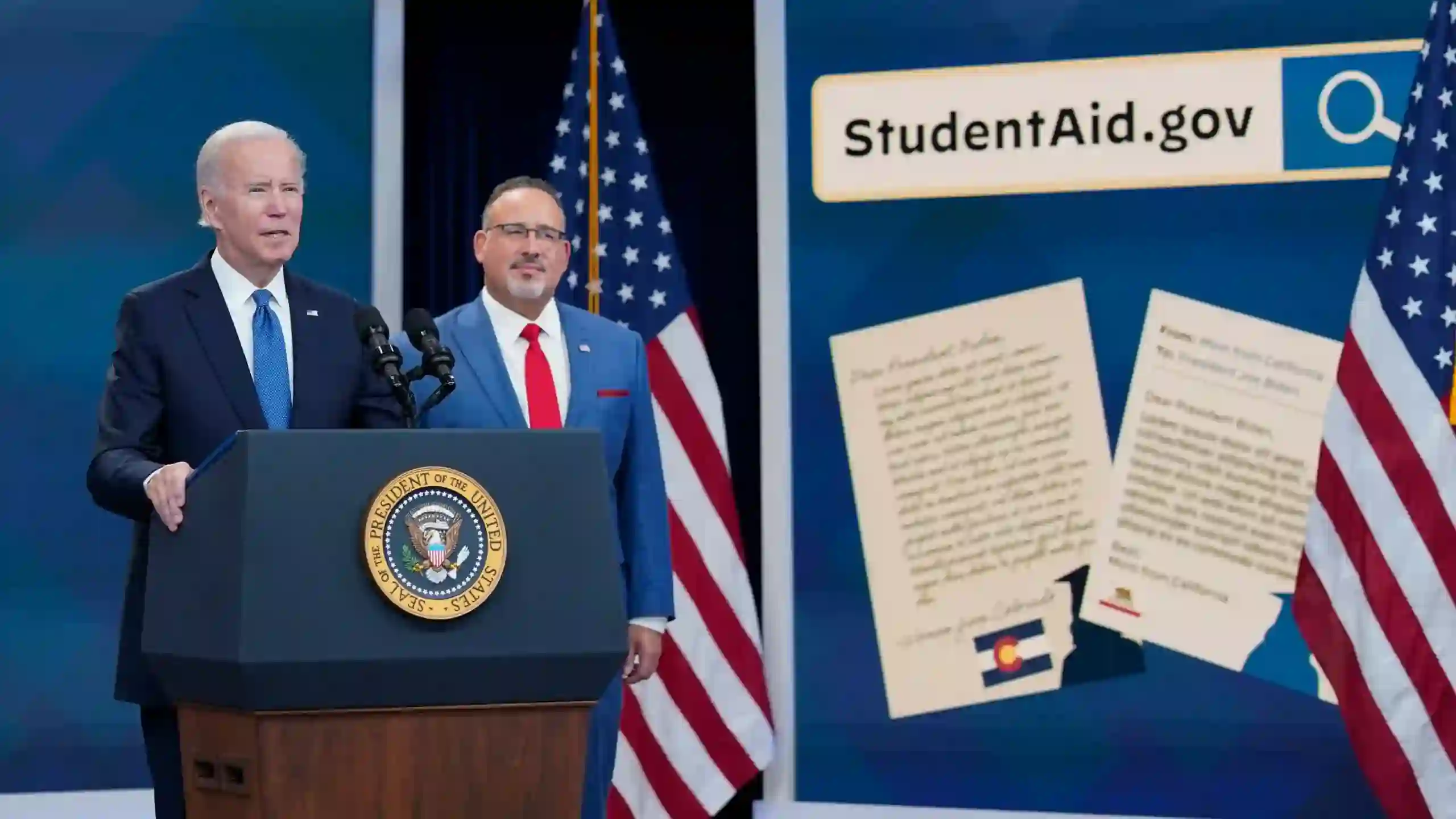The Supreme Court, on February 28, is beginning to hear arguments regarding the constitutionality of President Joe Biden’s student loan forgiveness program. A ruling is expected in June, which will affect millions of American borrowers. The Biden administration estimated that over 40 million borrowers would qualify for the relief program, with almost 90% of the benefits going to borrowers earning less than $75,000 per year, as reported by the official website of the White House on September 20, 2022.
However, the forgiveness program is paused until June 30th while the Supreme Court considers lawsuits arguing it’s unconstitutional. If it’s struck down, the administration may try again, but it could take months.
The program would cost $400 billion, with up to $10,000 in federal student debt reduction awarded to borrowers whose income was less than $125,000 in 2020 or 2021 and up to $20,000 for Pell Grant recipients, as reported by the White House.
The majority of federal loans, including undergraduate and graduate direct loans, parent PLUS and grad PLUS loans, consolidation loans, Federal family education loan (FFEL) program loans held by the Department of Education, Perkins loans held by the Department of Education, and defaulted loans, would be eligible.
In anticipation of the hearing, according to a GOBankingRates report on February 28, 2023, protests are planned in front of the court, including a “People’s Rally for Student Debt Cancellation.” The Center for Responsible Lending (CRL), the Debt Collective, the Student Borrower Protection Center (SBPC), the NAACP, MoveOn, the National Consumer Law Center (NCLC), and the National Education Association are among the rally’s co-sponsors (NEA).
Meanwhile, the Biden administration and the Department of Education have been working on changes to income-driven repayment plans that could alleviate borrowers’ financial burdens. The changes are being made in parallel with the court case.




![Tyson Foods Plant [Photo: Food Manufacturing]](https://southarkansassun.com/wp-content/uploads/2023/08/iStock_1185520857__1_.5e441daa51cca-600x337.jpg)







![Silverado Senior Living Management Inc. [Photo: Los Angeles Times]](https://southarkansassun.com/wp-content/uploads/2023/10/download-6-4-600x337.jpg)

![China's Wuhan Institute of Virology [Photo: Nature]](https://southarkansassun.com/wp-content/uploads/2023/09/d41586-021-01529-3_19239608-600x337.jpg)
















